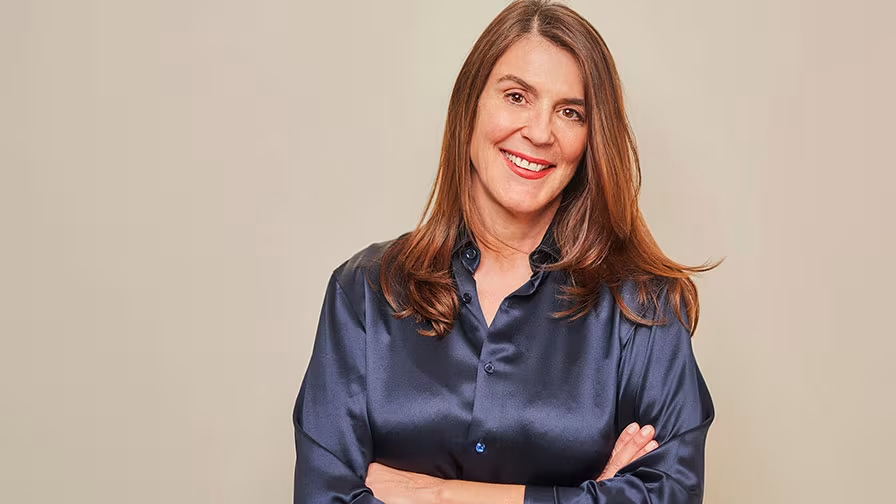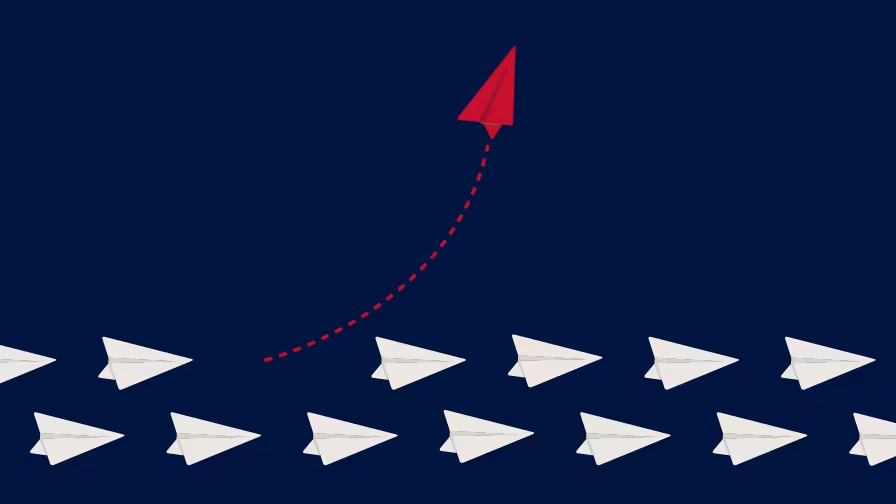He applied to the London Business School MBA programme in 2002 as preparation to leave the mining industry. Instead, after graduation, he joined Rio Tinto, one of the biggest mining companies in the world, the path of least resistance. “Your old networks only reinforce who you used to be,” says Russell, who advises career changers to forge new relationships with people in the field you want to move into so you can begin to build a new identity for yourself.
For those who know what they don’t want, but are not yet committed to a new path, Herminia talks about the dangers of the “messy middle” of a career transition – the part where you are “betwixt and between”. You’ve left the safety net of your career and your old self behind, but you haven’t quite figured out your new identity. This is the panic point. How do you handle it?
Kurt says just being aware of these milestone stages of the journey was helpful for him to be able to navigate this “messy middle”. As well as becoming a yoga instructor, Kurt enrolled in Herminia’s new online Executive Education course, Career Change: Mid-Career and Beyond, which he says armed him with the psychological tools to deal with the change.
“In the course, we are told to imagine the possible selves that we could be and then identify what the gaps are between where we are now and that future self,” says Kurt. “I’ve always considered a career path to be linear and so these were all new concepts for me.” He adds that being around people taking a similar journey was also of huge benefit.
‘Experiment and learn’
Today, employee turnover in most companies is higher than ever as redundancies and restructuring have become a depressing, but accepted part of corporate life. Developments in AI will shake up existing workforce structures further. In addition, we are living longer and traditional concepts of retirement are becoming antiquated. The consequences will be more people wanting and needing to make mid-life career changes. So, how to get started?
Herminia talks about an approach called “Experiment and Learn” which involves taking small strategic steps in line with your interests. This could be as simple and inexpensive as buying a book or doing some volunteer work. “Do anything extracurricular that will help you to extract yourself from the context that so heavily defines you and will help you figure out whether this new self is for you,” Herminia says. “You may decide that actually, that isn’t the path for you and that’s fine – that’s progress, because you can move on to the next thing.”










